The AM5 motherboard platform is the next step in the evolution of PC hardware, ushering in support for AMD’s latest generation of processors. With new capabilities such as PCIe 5.0 and DDR5 memory, AM5 motherboards are a cornerstone for those looking to build a cutting-edge system. This guide will navigate the key features of AM5 motherboards, helping you make informed choices as you assemble a PC that’s ready for the future.
Understanding AM5 Motherboard Features
AM5 motherboards bring a host of advancements to the table. Knowing what these features offer is crucial to building a PC that meets your needs and remains future-proof.
CPU Socket and Compatibility
The AM5 socket is designed for AMD’s newest processors, providing support for increased core counts, and improved energy efficiency. Ensure that the motherboard you choose matches the processor you intend to use, as socket compatibility is essential for a successful build.
Support for PCIe 5.0 and DDR5
One of the standout features of AM5 motherboards is their support for PCIe 5.0, which doubles the bandwidth of PCIe 4.0, allowing for faster graphics cards and storage devices. Additionally, DDR5 memory support means higher data transfer rates and improved power management compared to DDR4, giving your system a significant performance boost.
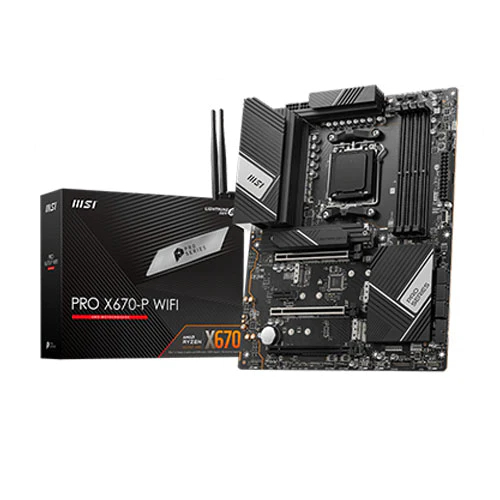
Selecting the Right AM5 Motherboard for Your Build
With a range of AM5 motherboards on the market, it’s important to select one that aligns with your intended use, whether it’s gaming, content creation, or professional applications.
Balancing Performance and Budget
AM5 motherboards come in various models, each with different feature sets and price points. Strike a balance between the performance you desire and the budget you have. Higher-end boards may offer better overclocking capabilities and more connectivity options, while mid-range or entry-level boards can still provide the core benefits of the AM5 platform without breaking the bank.
Connectivity and Expansion Options
Consider the number and type of USB ports, networking features like Wi-Fi 6E or 10Gb Ethernet, and the availability of M.2 slots for NVMe SSDs. Think about the expansion cards you plan to use and ensure the motherboard offers sufficient PCIe slots. Audio is another aspect to look at, with some motherboards offering high-definition or studio-quality sound.
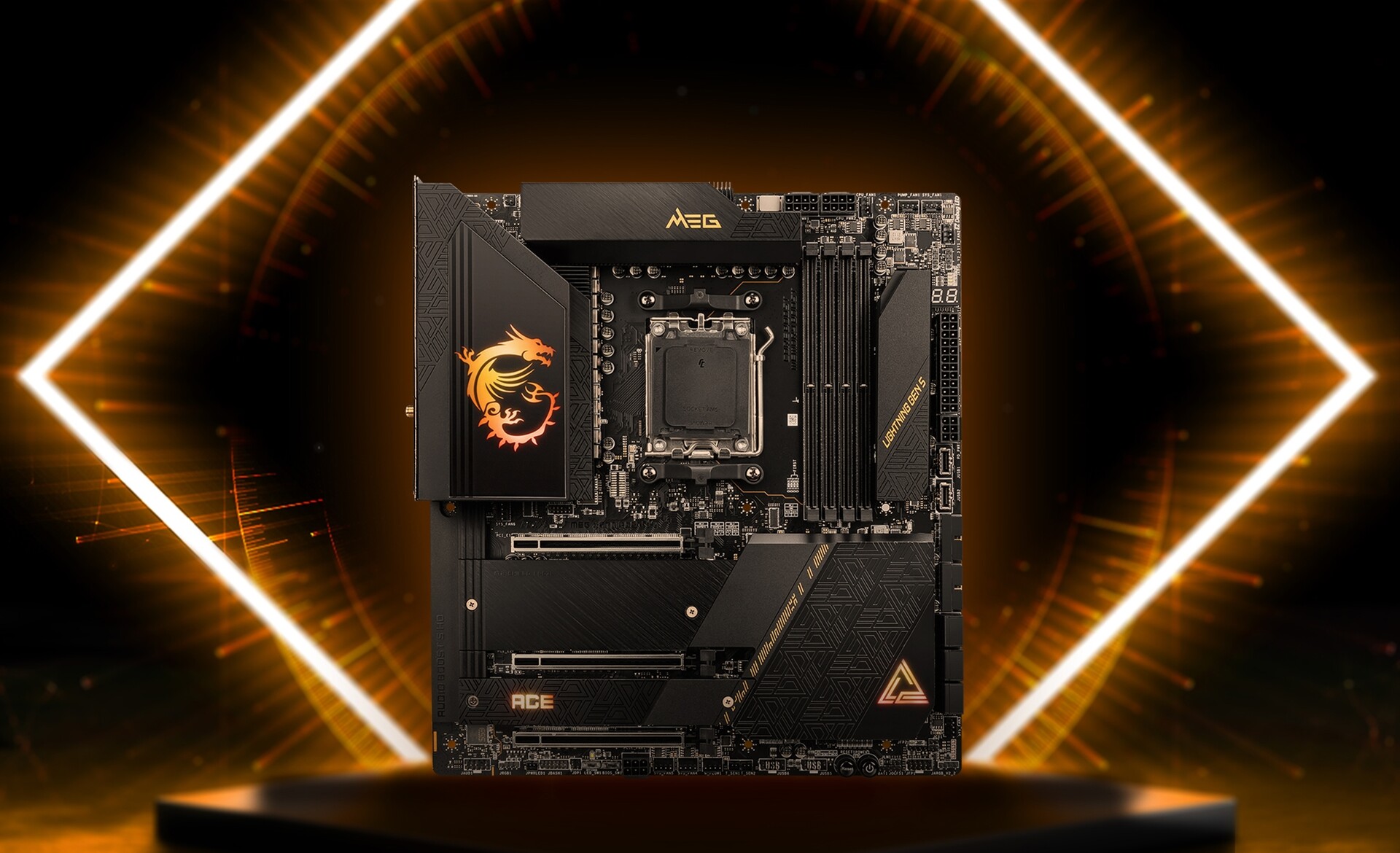
Ensuring Future-Proofing and Upgradability
Investing in an AM5 motherboard is about looking ahead. Choose a motherboard that not only meets your current needs but also accommodates potential future upgrades.
Opting for Overclocking Headroom
If you’re interested in overclocking, look for motherboards with robust power delivery systems and advanced cooling solutions. These features will allow you to push your processor and memory further, extending the performance lifespan of your build.
BIOS Updates and Longevity
A motherboard with a user-friendly BIOS that receives regular updates is crucial for system stability and compatibility with future processors and hardware. Check the manufacturer’s track record for providing BIOS updates and customer support to ensure your motherboard remains a solid foundation for years to come.
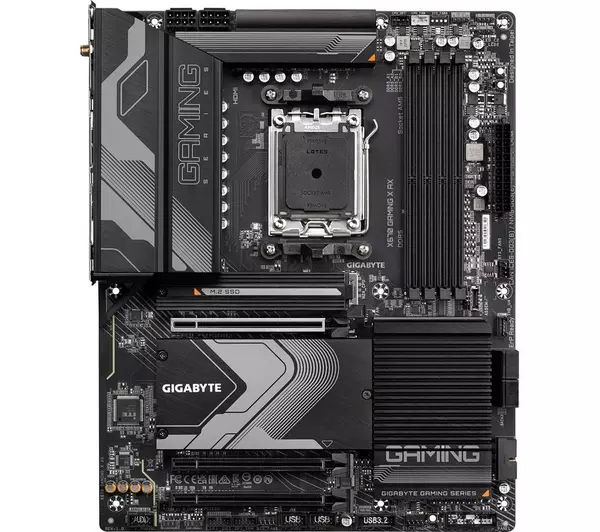
Integrating AM5 Motherboards into Your PC Build
Once you’ve chosen your AM5 motherboard, integrating it into your PC build requires careful planning and execution. Proper installation and setup will ensure that your system runs smoothly and efficiently.
Installation and Case Compatibility
Make sure the AM5 motherboard fits your case form factor, whether it’s ATX, microATX, or mini-ITX. Follow the manufacturer’s instructions for installing the motherboard, paying close attention to standoffs and I/O shields to avoid any potential for short circuits or damage.
System Setup and Testing
After installing the motherboard and assembling the rest of your components, power up your system and enter the BIOS to configure settings such as boot order and fan curves. Before installing your operating system, run stress tests to ensure that all components are functioning correctly and that temperatures are within safe limits.
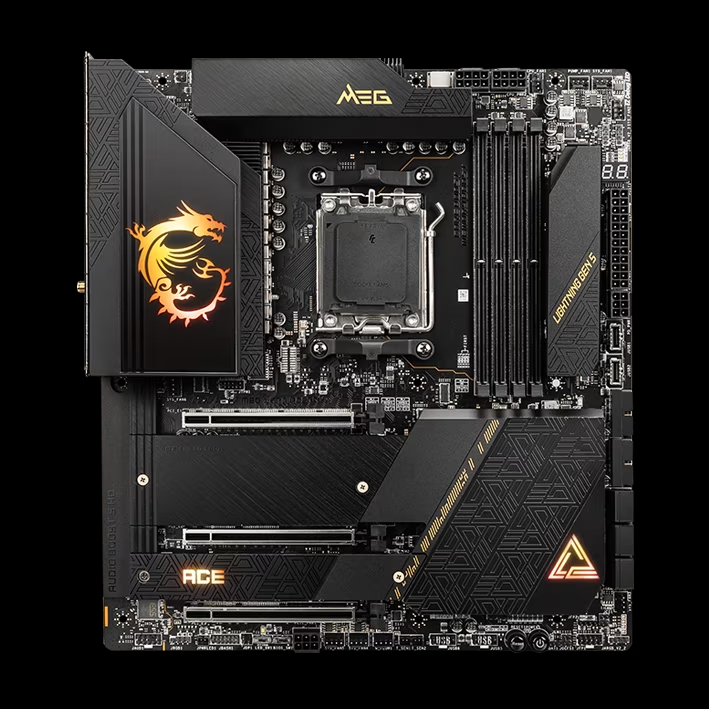
Optimizing Performance with AM5 Motherboards
Once you have installed your AM5 motherboard and assembled your PC, optimizing the system’s performance is key. This involves fine-tuning settings to make the most of the hardware capabilities while maintaining system stability.
Fine-Tuning BIOS Settings
Entering the BIOS setup provides the opportunity to adjust various settings that can affect performance. Enabling XMP (Extreme Memory Profile) will ensure that your DDR5 memory runs at its advertised speed and timings. Adjusting CPU settings can unlock higher performance levels, particularly if you’re using a CPU that supports overclocking. However, it’s important to proceed with caution and incrementally adjust settings to avoid system instability.
Monitoring and Benchmarking
Use system monitoring software to keep an eye on temperatures, voltages, and fan speeds. This will help you spot any potential issues before they become major problems. Benchmarking tools can provide a baseline of your system’s performance, allowing you to measure the impact of any changes you make. Regularly benchmarking your system can also help ensure that it continues to perform as expected over time.
Software and Driver Updates
Keeping your system’s software and drivers up to date is crucial for performance and security. This includes the motherboard’s chipset drivers, graphics card drivers, and any other peripheral drivers. Manufacturers often release updates that can improve compatibility, performance, and stability, so it’s worth checking for these regularly.
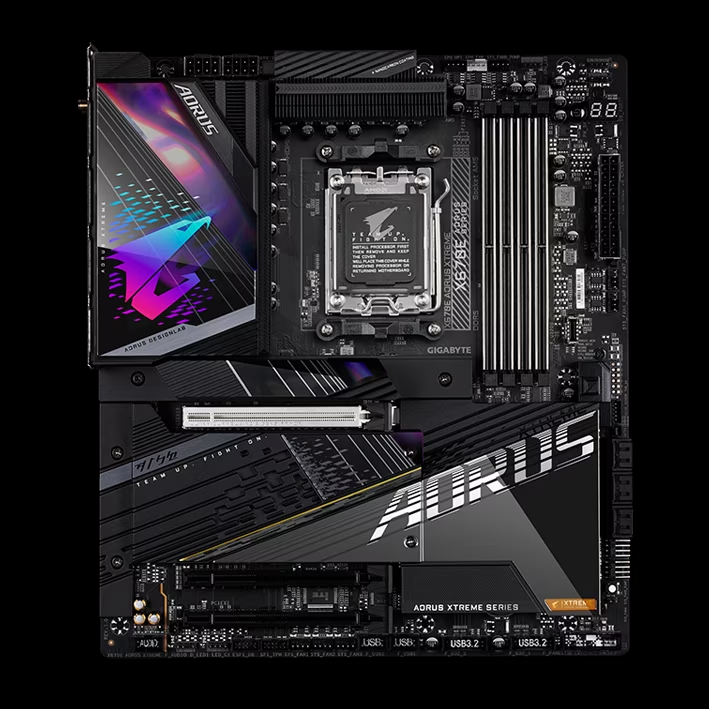
Enhancing Your AM5 Build with Quality Components
The motherboard is just one component of your PC build. To get the most out of your AM5 motherboard, it’s essential to pair it with quality components that complement its performance capabilities.
Investing in High-Performance Storage
Consider NVMe SSDs for your primary storage to take advantage of the fast data transfer speeds offered by AM5 motherboards. These drives can dramatically reduce load times and improve overall system responsiveness. For bulk storage, a larger capacity HDD or SSD can offer a good balance between cost and performance.
Selecting a Capable Power Supply
A reliable and efficient power supply unit (PSU) is critical for system stability, especially if you’re planning to overclock or run high-end components. Look for PSUs with 80 PLUS certification for energy efficiency and ensure it has enough wattage to support all your components under load.
Cooling and Thermal Management
Effective cooling is vital for maintaining performance and extending the life of your components. High-quality air or liquid cooling solutions can keep temperatures in check, even under heavy loads. Pay attention to the airflow in your case and consider additional case fans if necessary to maintain optimal operating temperatures.
Building on a Solid Foundation with AM5 Motherboards
The AM5 motherboard platform is a leap forward for PC enthusiasts and professionals alike. By understanding the features of AM5 motherboards, selecting the right model for your needs, ensuring future-proofing, and properly integrating the motherboard into your PC build, you can create a high-performance system that is ready for the demands of tomorrow’s applications and workloads. Whether for gaming, content creation, or heavy computational tasks, an AM5 motherboard-based PC is a forward-thinking choice that promises to deliver cutting-edge performance for years to come.
